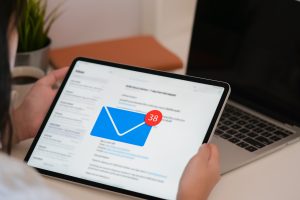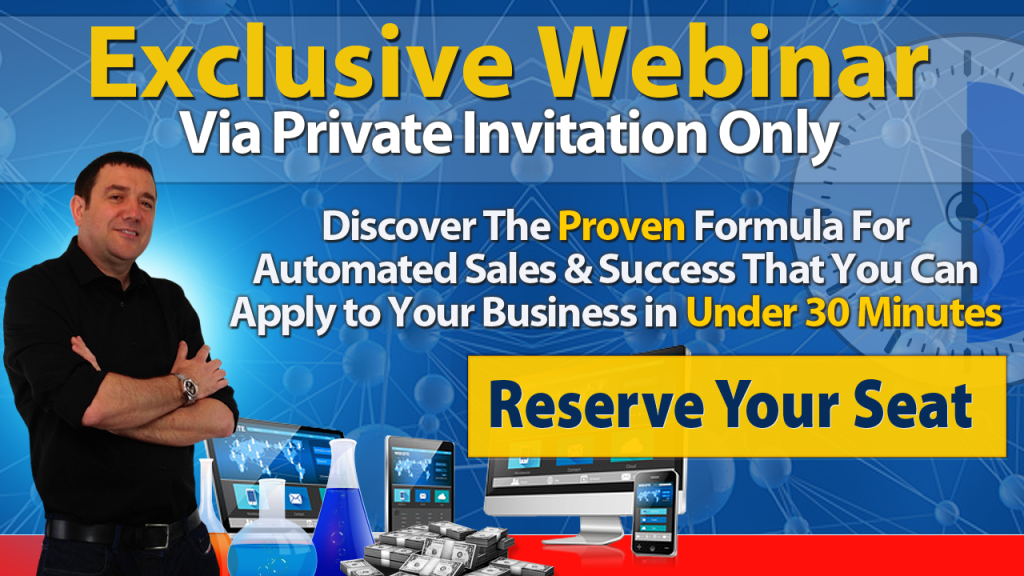
To all newbies: Have you ever heard of the phrase “The money is in the list”? A short explanation for those of you who don’t know what it means (like me until recently): The word “list” has nothing to do with shopping lists or playlists in this context. “The money is in the list” is a phrase commonly used in email marketing. It means that the most significant profits or financial success in online business often come from having a large and engaged email subscriber list. This list allows businesses to connect with potential customers, promote products or services, and generate sales. So remember this: Email marketing is your most important asset. Therefore, it is crucial to understand how to utilize email marketing optimally and how to make the most of it. You should definitely start thinking about this before you have your first subscribers. The problem: Especially beginners often have no clue how it works. I’m new to online marketing myself and know this feeling. Fortunately, I’m currently doing a great course* that covers many online marketing topics, including email marketing. In the following, I would like to give you an overview of the aspects I have learned about email marketing in my course, which I hope will also help you.
1) Purpose of email marketing
Let me ask you a question: What do you think is the purpose of email marketing? Wait, don’t continue reading, instead just take a moment to think of an answer.
Am I correct in assuming that your answer was “to make a sale”?
Then I’m sorry to disappoint you. That is not the purpose of email marketing. The real purpose of email marketing is to get the link(s) clicked that you’ve included in the email. “Is that all,” you may be asking now. Yes, that’s all! Because once the link has been clicked and the reader is taken to whatever page, this page then takes over. It could be a page where you sell a product, or where the reader can download a freebie, or maybe you want them to fill out a survey or like a blog post. The desired action is therefore determined by the page the reader is sent to.
2) Choosing the right email address
It is important that you choose an email address that you actually check as you may receive a reply to one of your emails. Always reply to your readers’ emails – not only to build a relationship, but also because you will automatically be whitelisted by the recipient’s email provider and thus no longer end up in spam.
3) When to start sending emails
Start sending emails as soon as you have your first subscriber. If you wait until you have many more, your first subscribers will have forgotten who you are.
4) Building relationships
It’s really important to build a relationship with your readers. This builds trust and credibility, which also means they are much more likely to click on your links. Of course, this doesn’t mean you have to share your personal life (although that’s possible, too), but you should maintain a certain degree of consistency in communication and content. Not only does this allow you to continually deliver value and maintain a connection with your audience, but it also helps in setting expectations for your readers and creates a sense of reliability. You can maintain consistency by offering regular content or always including certain elements (e.g., you could always provide an explanation of why you think a particular product is beneficial, or you could always include an additional training module). Moreover, don’t hesitate to ask your readers for feedback. Their input can be invaluable in improving your content and offerings. When you receive feedback, take the time to engage with your readers. Answer their questions with more than just a brief response and ask them a little about themselves. By doing so, you not only build rapport but also create an opportunity to make friends and network, which can be incredibly helpful for your personal and professional growth.
5) Frequency
When it comes to the frequency, opinions really do differ greatly. Trial and error works best here. My mentor John, whose Partnership to Success program* I’m currently doing, sends emails every day (not just one, but two or three) and has huge success. The more emails you send, the more money you can earn. However, it is best not to send daily emails until you have already built up a relationship with your readers.
6) One-offs or follow-ups?
a) Difference
The difference between one-offs and follow-up sequences is as follows: One-offs are standalone emails sent independently, while follow-ups are a series of emails sent in a sequence.
b) What’s better?
When it comes to promoting a product, it’s better to use follow-ups. So, don’t promote a new product every single day; instead, promote one to two products a week with follow-up emails. The advantage of this approach is that you can introduce different aspects of the product over the course of the week, rather than trying to cram everything into a single email. Additionally, bombarding readers with daily promotions could upset them.
c) Preplanned Campaign vs. Daily Fresh Emails: Which Works Better?
It is possible to write all the emails for the campaign in advance, or to write each email on the day it is sent. The advantage of daily “freshly” written emails is that you’ll be able to integrate current developments into the email.
7) Getting emails delivered
You’ve probably experienced emails landing in your spam folder that don’t actually belong there. To prevent or at least reduce the likelihood of your emails always ending up in your readers’ spam folders, you can do the following:
- Use a professional email provider.
- Ask your readers to whitelist you.
- Ask your readers a question and encourage their response. Or ask your readers to reply to the email if they should have any questions. As soon as you then reply to a reader’s response (don’t forget!), the email provider recognizes that you’re not spam, so you’ll automatically be whitelisted.
- Even though it might seem obvious to you: Don’t use spam filter words.
8) Getting emails opened
There are several factors at play here, such as the subject line, personalization, or A/B testing. But the most crucial factor is the sender’s name – so your name. When people know who the email is from and trust you, they are more likely to open it. So, use your real and full name as the sender’s name and an email address with your full name in it.
That’s it for Part 1. But our exploration doesn’t end here. Part 2 is just around the corner. So, stay tuned!
Feel free to comment below and share.
To your success,
Olivia Ressler
P.S. If you also want to get started in the world of online marketing and earn an (extra) income, product creation could be of interest to you. I highly recommend checking out this training webinar* from my mentor John Thornhill. It won’t cost you a penny and is packed with fantastic information.
I took up the coaching offer at the end of the webinar just a few weeks ago and haven’t regretted it a second. In fact, I owe the existence of this blog to the program. So check out the webinar here*.

* affiliate link/advertising link
